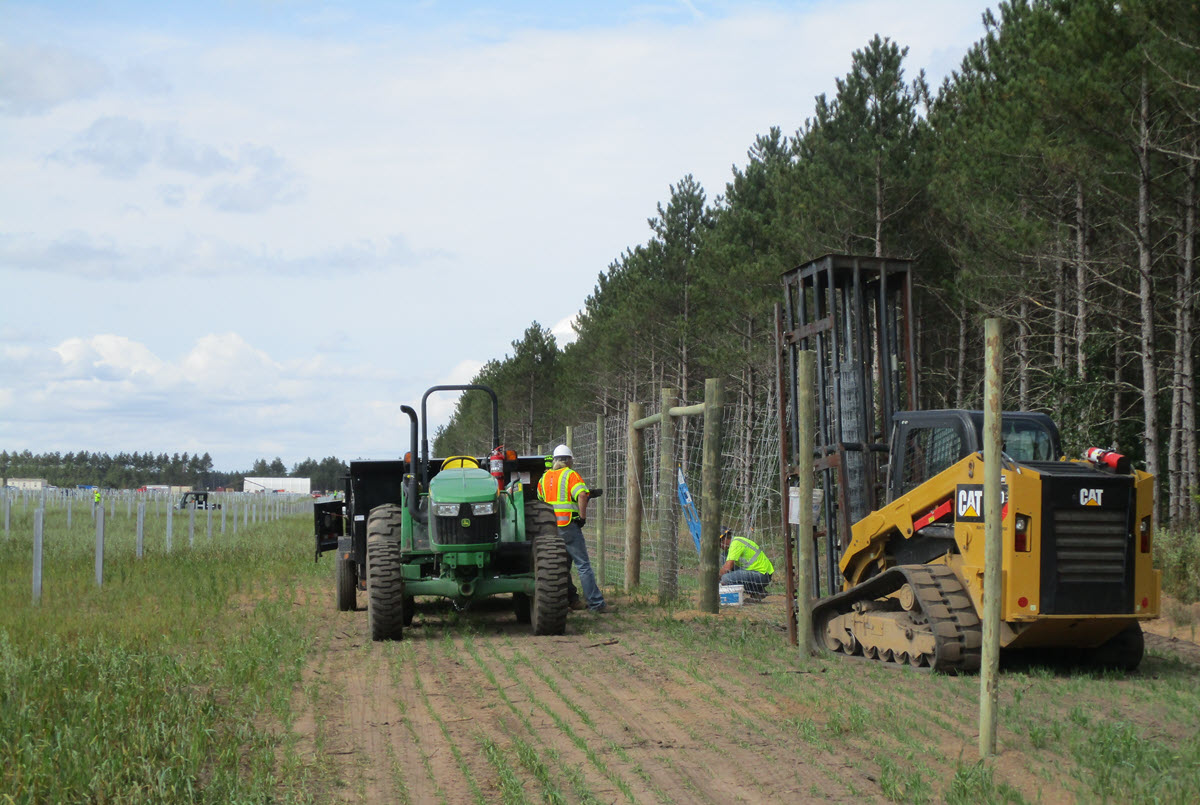When we construct solar projects, we make it a priority to be good neighbors to everyone we share the space with — and that includes natural wildlife. As part of our Clean Energy Blueprint, our roadmap to cleaner, renewable energy in Iowa and Wisconsin, we take great care to make things comfortable for any creatures who already call the area home.
What we’re doing
Before we even begin construction on a solar project, we use a pre-screening process to assess potential impacts on the environment and wildlife in the area. This includes:
- Following U.S. Fish & Wildlife Service’s avoid, minimize, mitigate process.
- Tracking federally protected areas near our sites allows us to avoid disturbing areas of high biodiversity value.
- Working closely with state agencies that perform their own evaluations of the land, including migration and nesting patterns of animals.
The pre-screening process is just the beginning of our efforts to look out for local wildlife. At our utility-scale solar projects, for example, we use 8-foot, woven-wire fencing around the project site. This fencing is designed to allow small wildlife to forage around the site and move freely while keeping large animals and the general public from getting too close to the panels.
We also plant natural grasses and pollinator fields at our project sites, which prevents erosion and will benefit high-value crops after the project is returned to agricultural land. This is a win-win for us, landowners and wildlife.
These environmental efforts ensure that by building renewable energy projects, we’re not negatively affecting water, native species or habitat, from the moment developers start construction and throughout the life of the project.
An eye on innovation
As we move forward with our Clean Energy Blueprint, we also appreciate seeing how others are finding their own paths toward a clean energy environment. For example, one solar developer recently found a new way to make existing fencing allow smaller wildlife to move around the site: They installed it upside down. This type of fence is commonly installed with smaller openings at the bottom, but foxes and other small wildlife can hop right through when the fence is installed with larger openings on their level.
Alliant Energy is happy to use innovations like this as learning tools for the communities we serve.
There’s more in store
Looking for more information on how we’re working towards a better environment? See how our Clean Energy Blueprint is guiding our path towards a cleaner, more sustainable energy future.


